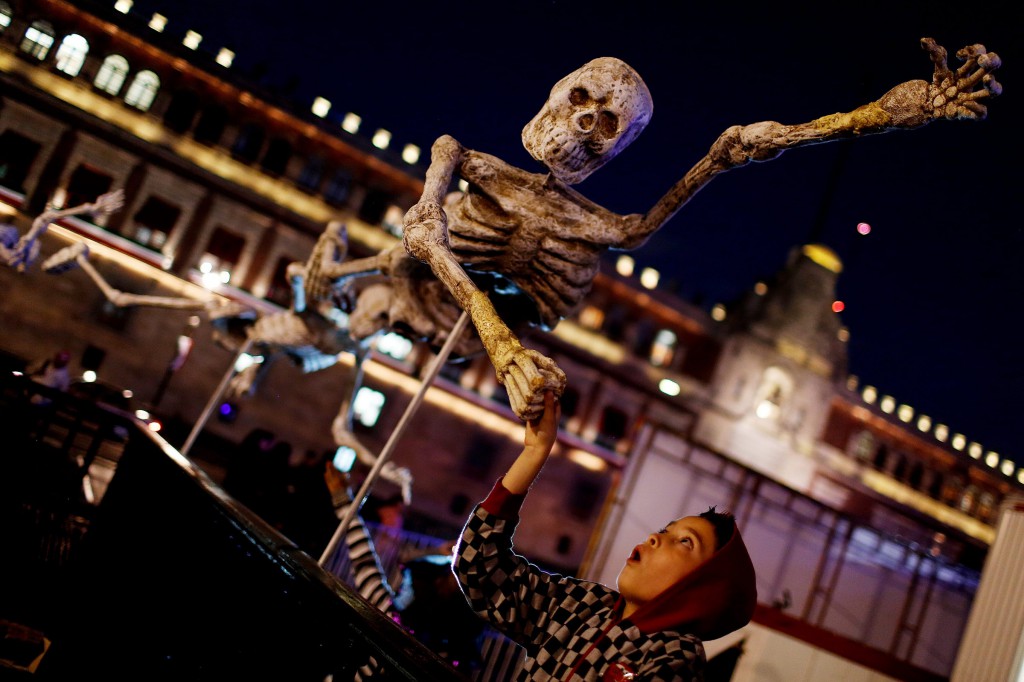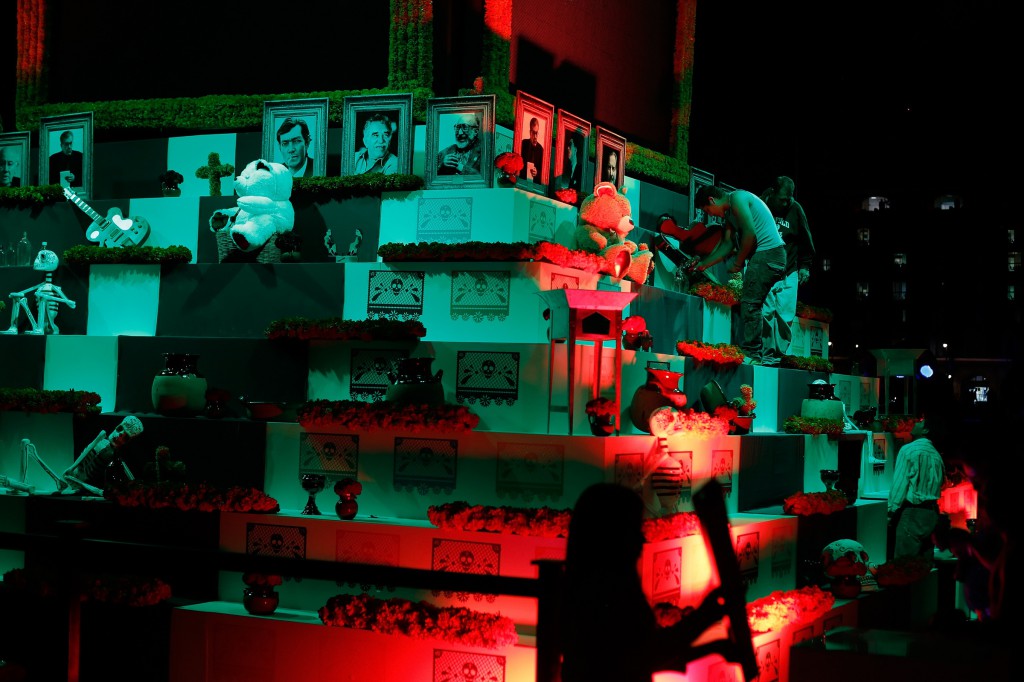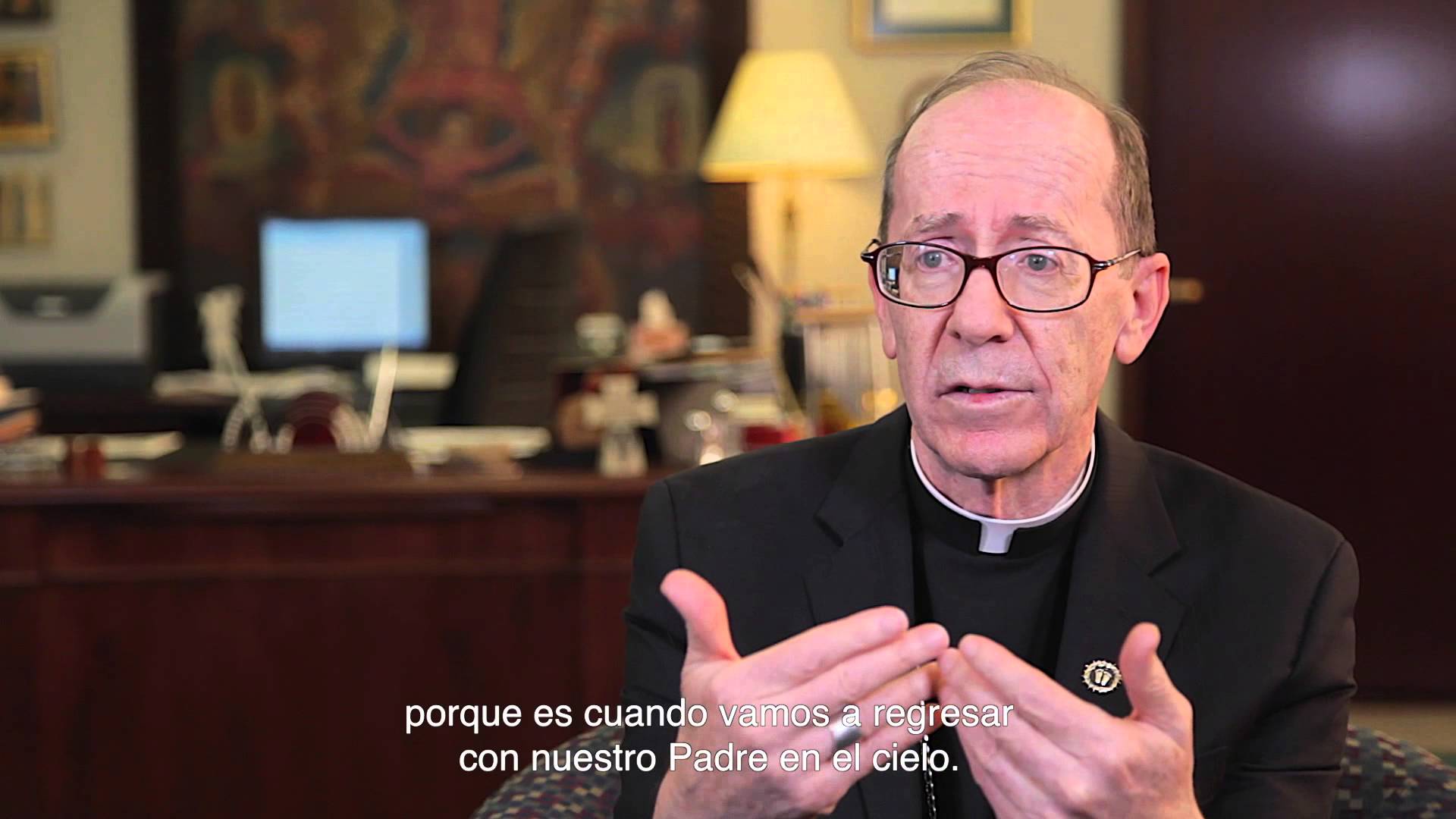Bishop Thomas J. Olmsted, in an interview with Mixed Voces, explains the importance of the Día de los Muertos celebration.
Background

Día de los Muertos focuses on gatherings of family and friends to pray for those who have died. It is celebrated very joyfully — and colorfully — Nov. 1 and Nov. 2. A special altar, called an ofrenda, is made just for these days and is covered with pictures of saints, dead loved ones, skulls, pictures of cavorting skeletons, marigolds and candles. A special bread, Pan de Muerto, is sometimes baked with a toy skeleton inside. The one who finds the skeleton will have “good luck.” This bread is eaten during picnics at the graves along with tamales, cookies and chocolate.










